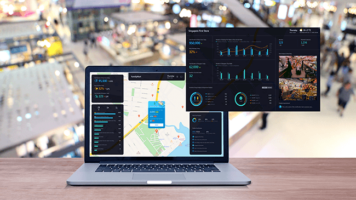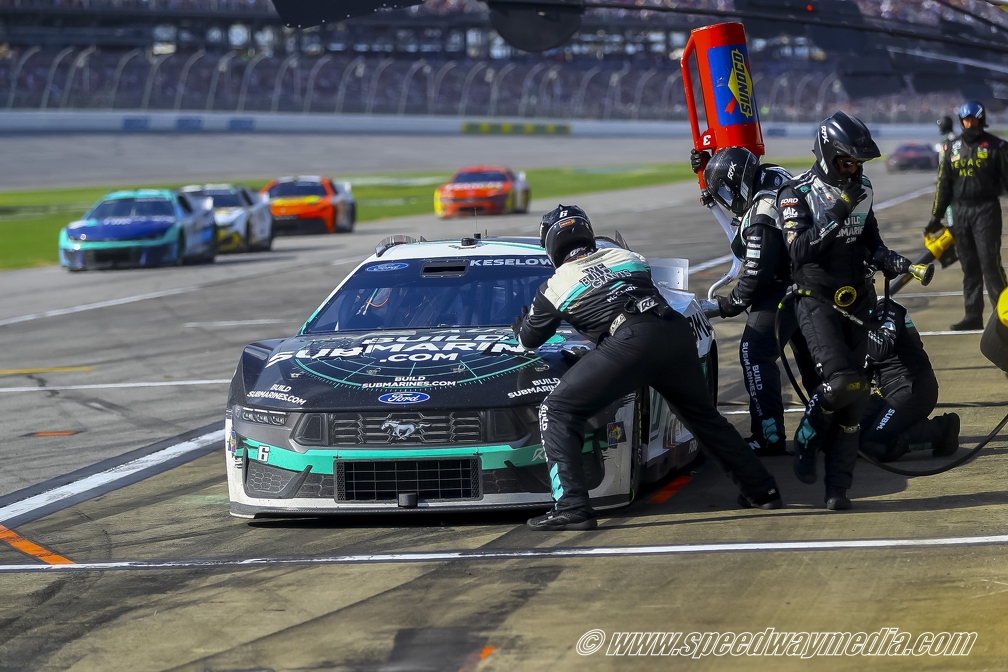Retail security plays a crucial role given property loss trends impacting businesses. Surveys show retail property loss increasing. Retailers are implementing new safety strategies due to shoplifters’ aggressive behaviors. Data finds most small retailers face monthly theft, losing $500-$2,500 on average[1].
To offset damages, many have raised prices or invested in security cameras, further cutting into profits. Not only does theft cut financial margins, but it can also impact safety when confronted by increasingly hostile shoplifters. Curbing losses requires comprehensive mitigation of physical, personnel, and tech risks. There’s a need to use integrated platforms overseeing protection tools and data-driven analytics. Such retail management optimization protects the bottom line and safety of the retail industry.
Physical Security Measures
Implementing smart physical retail security protections is a key first step for any retailer. Some recommendations include:
- Store Layout and Design
Careful floor plan positioning of entrances, high-risk merchandise zones, windows, and gates enhances visibility. It also removes blindspots for staff. Strategic lighting and the use of barriers discourage criminal plans of action.
- Security Systems
Monitoring through retail security cameras, alarm sensors on emergency exits, and panic buttons across the sales floor proves beneficial. It provides reliable video security both day and night. Technology like motion-activated recording widens retail security presence.
- Access Control
Implementing electronic door locks and restricting internal spaces with smart keycards is recommended. It allows convenient accessibility for employees while barring unauthorized visitors. Periodic patrols from on-site guards act as an extra set of eyes to inspect the property and assist customers.
Inventory Management and Loss Prevention
Maintaining clear visibility and control over store inventory supports optimal operations while reducing shrinkage risks. Targeted solutions protect high-cost items from theft and mishandling. The key recommendations include:
- Implement Inventory Tracking Systems
Electronic systems automate the receiving, stocking, and selling process. This ensures easy reordering and precise stock-level snapshots in real time. Some solutions even automate replenishment.
- Regular Stock Audits and Inventory Checks
Periodic counting of all merchandise physically matches quantities to digital records. Remote options with mobile devices are also valuable. They let multiple employees execute efficient parallel audits from any store location.
- Strategies for Minimizing Loss
Taggants like RFID tags and monitored retail security cables as attachable anti-theft devices are recommended. They provide discreet protection of small, expensive items highly susceptible to theft. Electronic article monitoring further guards entrances and exits.

Employee Training and Policies
Equipping and guiding personnel to properly handle retail security situations helps maintain an organized environment. Some guidelines include:
- Staff Awareness and Training
New hire and refresher courses educate all levels on threat detection techniques and permit access rules. They also educate on updated first-response procedures like enlisting backup. Drills reinforce memorization of protocols.
- Developing and Enforcing Security Policies
Establish standard rules for cash handling, stock protection, alarm response, and barred visitor protocol. It will create a structure for staff. Policy adherence ensures cohesive protection at all levels of employment.
- Procedures for Handling Security Incidents
Precise escalation processes cover diverse situations. These include shoplifting deterrence without risk of injury, emergency lockdowns, and trauma support after violent occurrences. They help retain calm and legal compliance.

Technology Solutions and Cybersecurity
Today’s retailers leverage innovative software and smart devices to strengthen protection better than ever before. Some top options include:
- Integration of AI and Machine Learning for Threat Detection
AI-powered video solutions analyze footage for anomalies indicative of theft or violence using pattern recognition. They provide real-time alerts to monitoring stations.
- Use of Mobile Apps and Centralized Systems for Security Management
Mobile apps allow managers to monitor store cameras, respond to alarms, and review incidents from any location via live feeds. The system centralizes all retail security systems and features including access controls for simplified remote operations.
- Secure Payment Gateways
Compliance with PCI standards protects shoppers’ payment data. Firewalls, encryption, and updates boost security during electronic checkout. This maintains consumer trust in shopping by securing payment information.
Conclusion
Comprehensive retail security involves strategically aligning physical, personnel, and technology measures. For optimal implementation across such facets, an integrated platform is preferred. The reputed brand Hikvision offers an innovative Smart Retail Solution. It provides connected oversight of stores and shared best practices nationwide via AI-powered video analytics, mobile accessibility, and data visualization. It boasts perceivable threat detection, asset protection, and real-time operational insights. The system leverages these from its end-to-end Connect, Protect, and Perceive functionality. Visit Hikvision’s website to learn more about how its tailored capabilities strengthen both physical and digital retail environments.
References
[1] The Impact Of Retail Theft On Small Businesses And States. Available at: https://www.forbes.com/advisor/business-insurance/impact-retail-theft-on-small-businesses/ ( Accessed: 22th, July)







